High Quality Products & Services for Your Business
How to Build an Amusement Park: A Step-by-Step Guide
Building an amusement park is a large-scale, complex project that requires careful planning, creativity, and substantial investment. However, with the right approach and resources, creating a fun and successful amusement park is achievable. In this article, we’ll walk through the main steps involved in building an amusement park.
1. Conduct Market Research
Before diving into the actual construction, it is crucial to conduct thorough market research. Understanding the target audience and the demand for an amusement park is key to success. Consider the following aspects during your research:
- Demographics: Who will visit the park? Families with children, thrill-seekers, or both?
- Competition: Are there other amusement parks in the area? What do they offer, and what gaps can your park fill?
- Location: Choose a location that is easily accessible, with good transportation links, and in an area with enough potential visitors.
- Consumer Preferences: What kinds of rides, attractions, and entertainment do people in the area prefer?
2. Develop a Business Plan
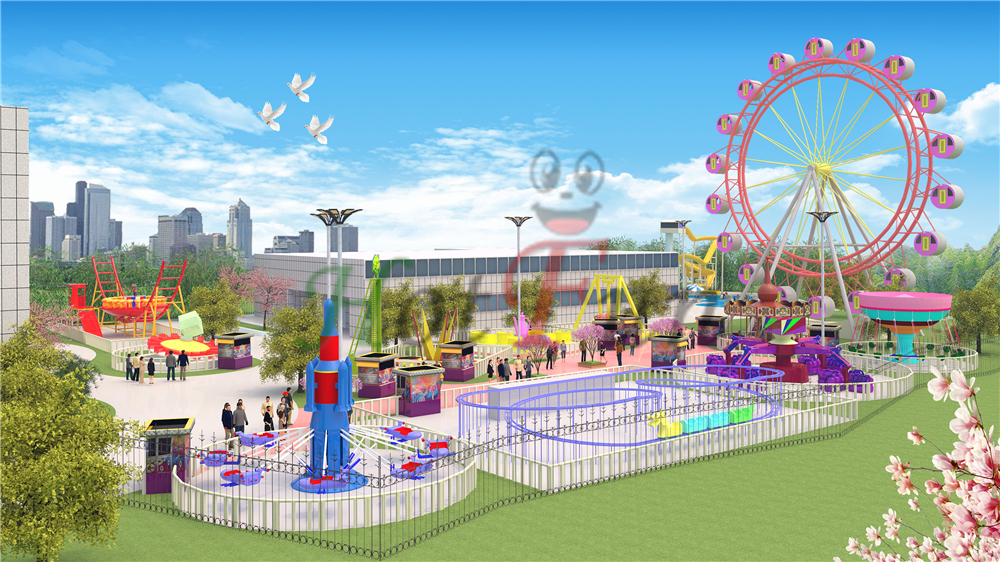
Once you’ve gathered information from your market research, it’s time to develop a solid business plan. This should outline:
- Budget and Funding: Determine how much capital is needed for the construction, operational costs, and marketing. Explore financing options, including loans, investors, or crowdfunding.
- Revenue Model: What will your pricing structure look like? Will you offer season passes, discounts, or loyalty programs?
- Projected Timeline: Estimate how long it will take to build the park, from initial design to opening day.
A clear business plan is vital not only for attracting investors but also for guiding your project through all its phases.
3. Design the Park
The design of the amusement park is the heart of the project. This step involves creating detailed plans for:
- Rides and Attractions: Choose a mix of rides suitable for different age groups and preferences. Consider classic roller coasters, water rides, themed areas, and virtual reality experiences.
- Safety Measures: Safety is paramount. Work with engineers and safety experts to design safe structures and implement the necessary safety protocols for all rides.
- Guest Experience: Design the park with guest comfort in mind, including spacious walkways, shaded areas, food courts, restrooms, and first-aid stations.
- Theming and Aesthetics: A unique theme (such as a fantasy world, space adventure, or historical period) can set your park apart. Ensure that everything from signage to staff uniforms fits within the theme.
4. Obtain Permits and Approvals
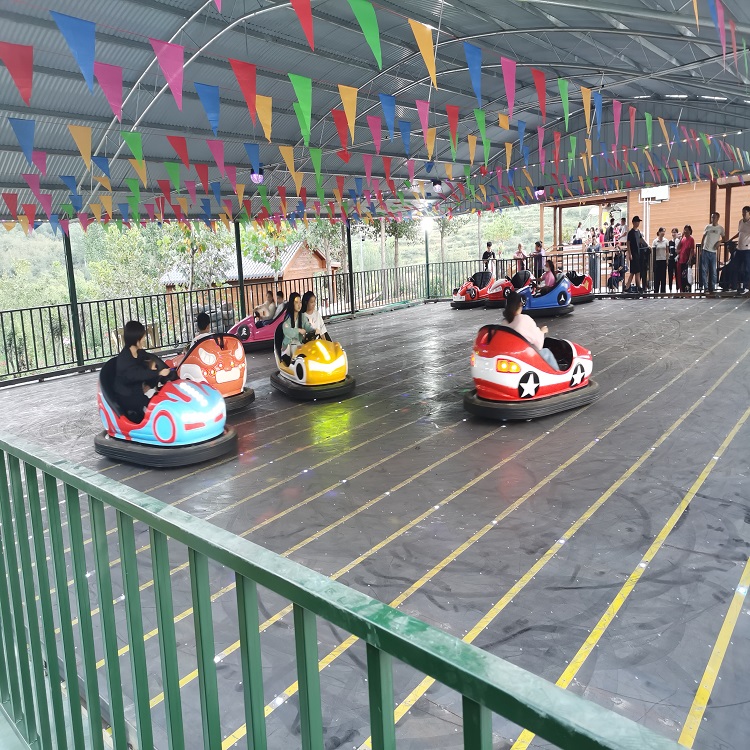
Building an amusement park requires numerous permits and approvals from local authorities. These might include:
- Construction Permits: Ensure that the park’s design meets building codes and zoning regulations.
- Environmental Impact Assessment: Depending on the location, you may need to conduct an environmental review to ensure that your project doesn’t negatively affect the surrounding ecosystem.
- Health and Safety Certifications: All rides and attractions must be inspected and approved for safety.
Work closely with local government officials to navigate this step and ensure compliance with all regulations.
5. Build the Park
With all the necessary permits in hand, you can begin the construction phase. This involves several stages:
- Land Preparation: Clear the site, level the ground, and prepare infrastructure such as roads, utilities, and parking lots.
- Building the Rides: Install the rides and attractions. Work with specialized companies that design and build amusement park equipment to ensure quality and safety.
- Landscaping and Theming: Add landscaping elements like trees, shrubs, and water features that complement the park’s theme. Paint and decorate structures to create an immersive experience.
Make sure to stay on schedule and within budget during this phase, as delays or cost overruns can affect the project’s success.
6. Hire Staff and Train Employees
Your amusement park will need a dedicated team to operate smoothly. Key positions include:
- Ride Operators
- Customer Service Staff
- Maintenance Crew
- Security Personnel
- Food and Beverage Workers
Provide comprehensive training to ensure that all employees are well-prepared for their roles, especially regarding safety protocols and guest interaction.
7. Marketing and Promotion
Once the park is nearly ready for launch, focus on marketing to attract visitors. A well-executed marketing strategy will help generate excitement and drive attendance. Some effective promotional tactics include:
- Social Media Campaigns: Create engaging content on platforms like Instagram, TikTok, and Facebook to generate buzz.
- Partnerships: Collaborate with local businesses, tourism agencies, or influencers to reach a wider audience.
- Opening Day Events: Plan a grand opening with special discounts, live entertainment, or celebrity appearances to draw in crowds.
A strong brand identity and online presence are key to making your amusement park a popular destination.
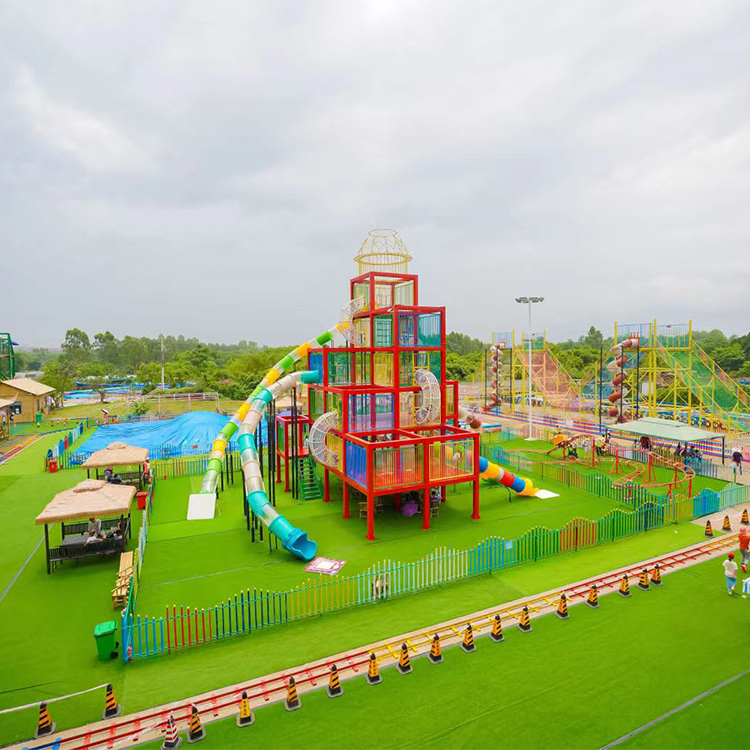
8. Open the Park
Finally, after all the hard work, it’s time to open the park to the public! During the initial phase, pay close attention to feedback from visitors and address any operational issues quickly.
- Customer Satisfaction: Ensure that visitors have a positive experience by monitoring guest services, ride operations, and cleanliness.
- Continuous Improvement: Regularly assess the performance of rides and attractions, update the park with new experiences, and improve any aspects that might need attention.
9. Ongoing Maintenance and Upgrades
To keep your park exciting and safe, you must continuously upgrade and maintain it. This includes:
- Regular Inspections: Schedule inspections of rides and attractions to ensure safety.
- Seasonal Updates: Introduce new rides, themed events, and promotions regularly to keep the experience fresh for returning visitors.
An amusement park requires ongoing investment to stay competitive, relevant, and fun.
Conclusion
Building an amusement park is a challenging but rewarding endeavor. With the right planning, investment, and creativity, you can create a place that brings joy to people of all ages. From market research and design to construction and operation, each step requires attention to detail. By focusing on safety, guest experience, and innovation, you can build a successful amusement park that will be enjoyed for years to come.
Related recommendations
-
Top Amusement Equipment Supplier for Your Theme Park and Entertainment Needs
124HOTFUN As an amusement equipment supplier, we specialize in providing top-quality rides and attractions for theme parks, amusement centers, and entertainment venues. Whether you’re looking to enhance your existing park or develop a brand-new ente...
View details -
Rotating flying chair: a recreational experience that combines safety and fun
263The rotating flying chair, this classic rotating flying amusement facility, has become a popular item in many amusement parks due to its luxurious appearance and diverse sports forms. Whether it is called "hurricane flying chair" or "shaking flyi...
View details -
What are the thrilling rides?
698For thrill-seekers, amusement parks offer an array of exhilarating rides designed to push the boundaries of excitement and adventure. These attractions, known for their speed, height, and intensity, provide unforgettable experiences for those loo...
View details -
Suitable Amusement Rides for Placement in a Park
522Parks are ideal locations for various amusement rides that can enhance the overall visitor experience by providing fun and entertainment. When selecting amusement rides for a park, it's important to consider factors such as safety, accessibility,...
View details
 chinaparkrides
chinaparkrides


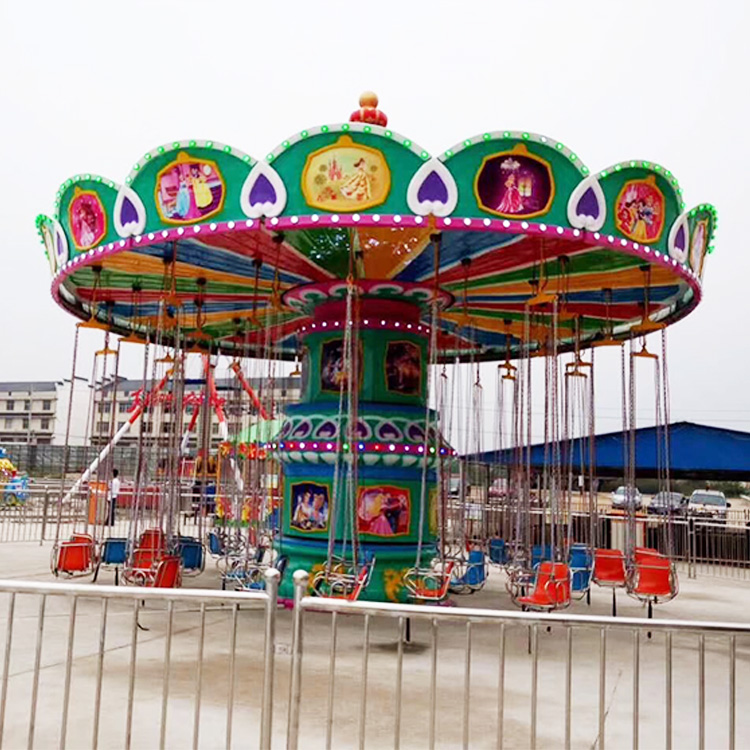

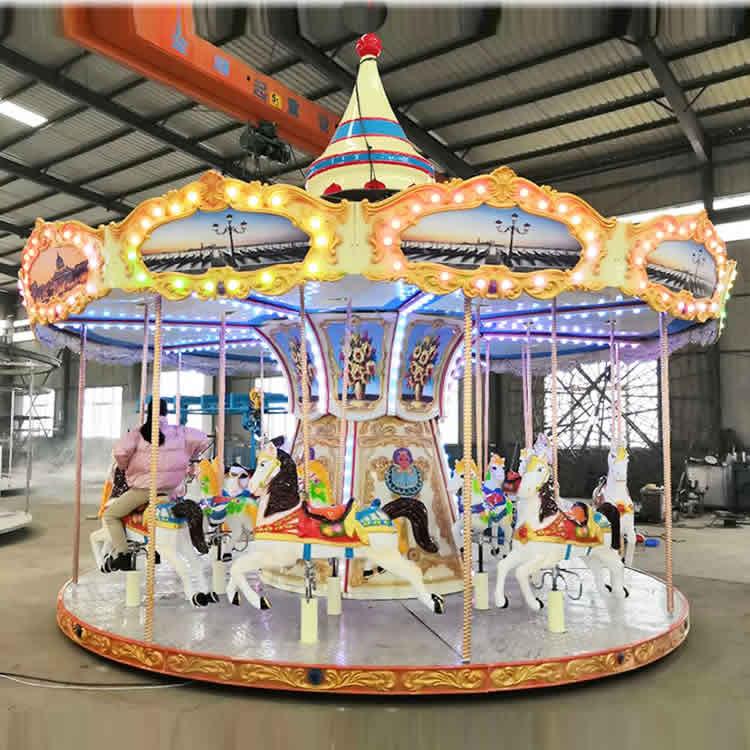

Leave a Reply